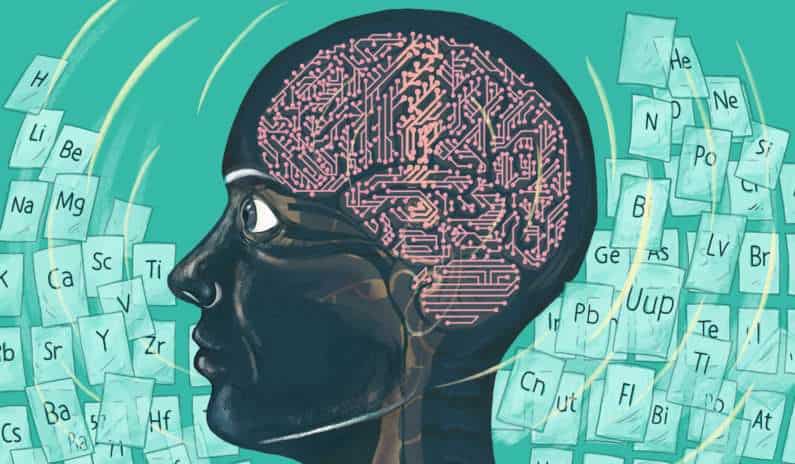
It took nearly a century of trial and error for human scientists to organize the periodic table of elements, arguably one of the greatest scientific achievements in chemistry, into its current form.
A new artificial intelligence (AI) program developed by Stanford physicists accomplished the same feat in just a few hours.
Called Atom2Vec, the program successfully learned to distinguish between different atoms after analyzing a list of chemical compound names from an online database. The unsupervised AI then used concepts borrowed from the field of natural language processing – in particular, the idea that the properties of words can be understood by looking at other words surrounding them – to cluster the elements according to their chemical properties.
“We wanted to know whether an AI can be smart enough to discover the periodic table on its own, and our team showed that it can,” said study leader Shou-Cheng Zhang, the J. G. Jackson and C. J. Wood Professor of Physics at Stanford’s School of Humanities and Sciences.
Zhang says the research, published in the June 25 issue of Proceedings of the National Academy of Sciences, is an important first step toward a more ambitious goal of his, which is designing a replacement to the Turing test – the current gold standard for gauging machine intelligence.
In order for an AI to pass the Turing test, it must be capable of responding to written questions in ways that are indistinguishable from a human. But Zhang thinks the test is flawed because it is subjective. “Humans are the product of evolution and our minds are cluttered with all sorts of irrationalities. For an AI to pass the Turing test, it would need to reproduce all of our human irrationalities,” Zhang said. “That’s very difficult to do, and not a particularly good use of programmers’ time.”
Zhang would instead like to propose a new benchmark of machine intelligence. “We want to see if we can design an AI that can beat humans in discovering a new law of nature,” he said. “But in order to do that, we first have to test whether our AI can make some of the greatest discoveries already made by humans.”
By recreating the periodic table of elements, Atom2Vec has achieved this secondary goal, Zhang says.

